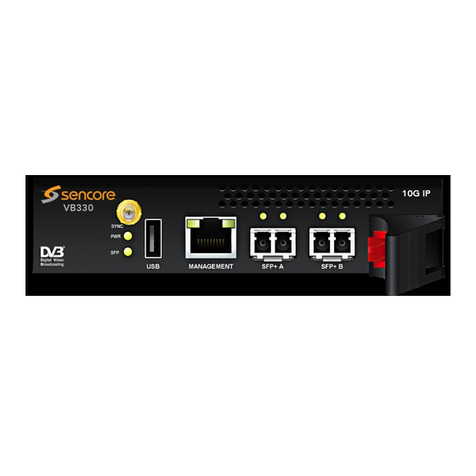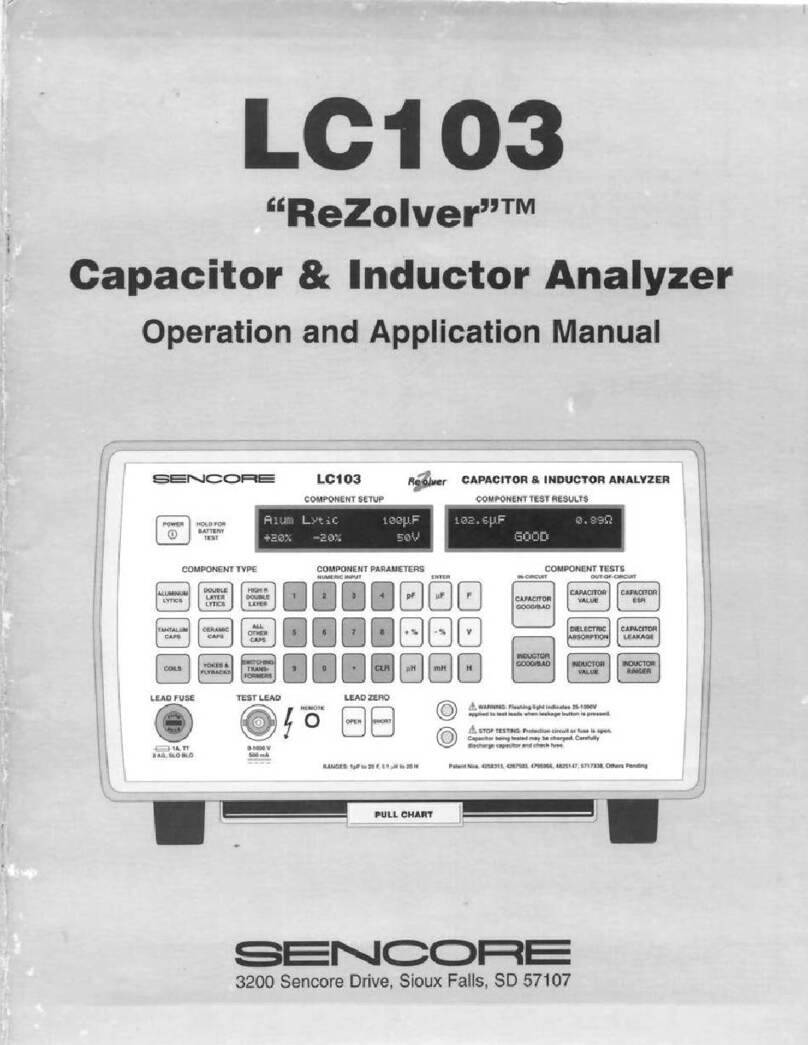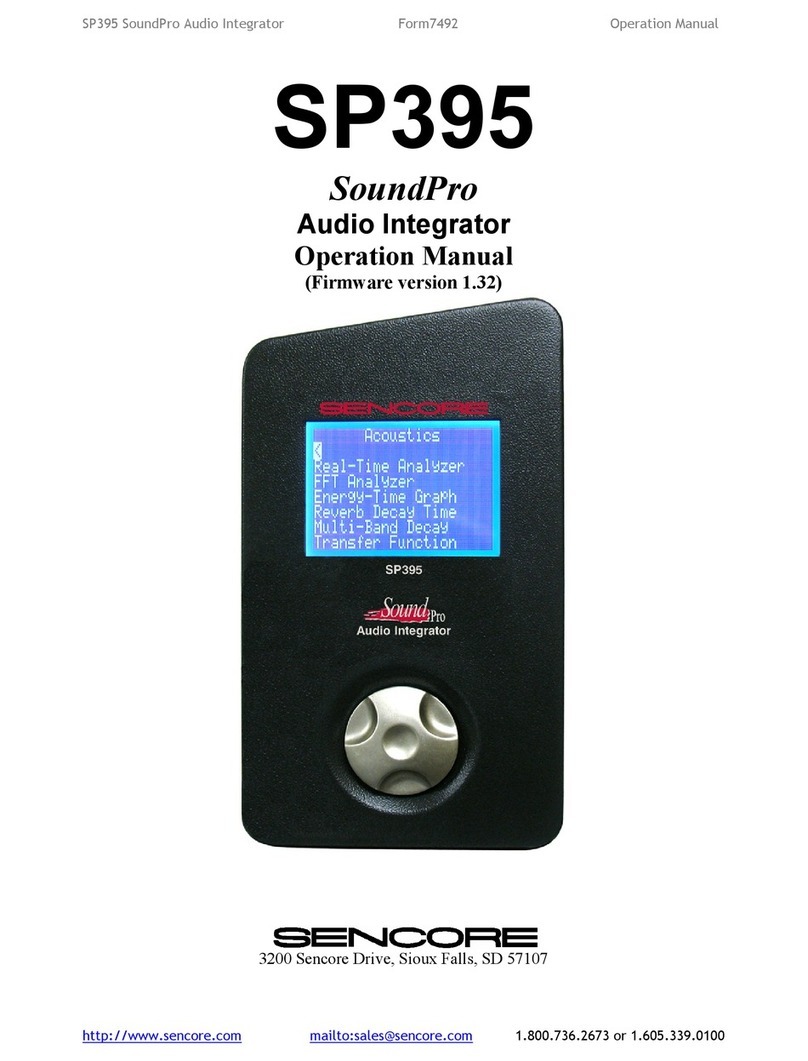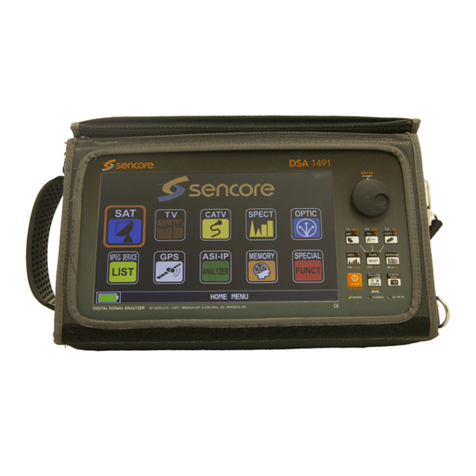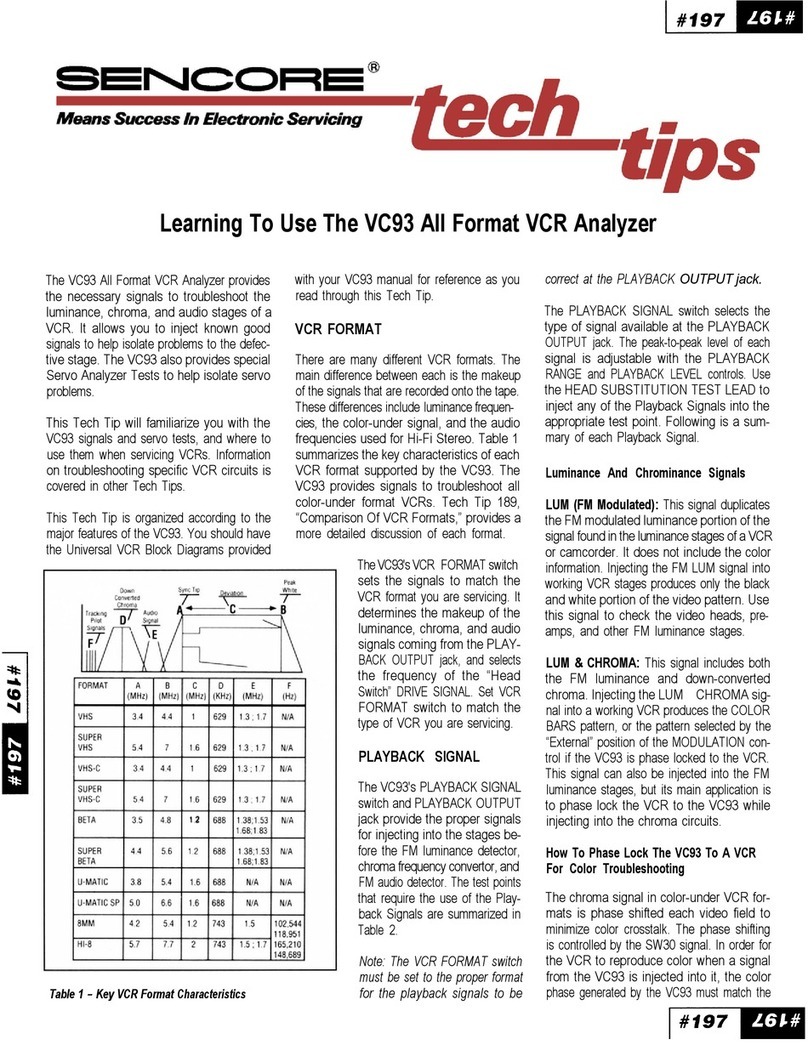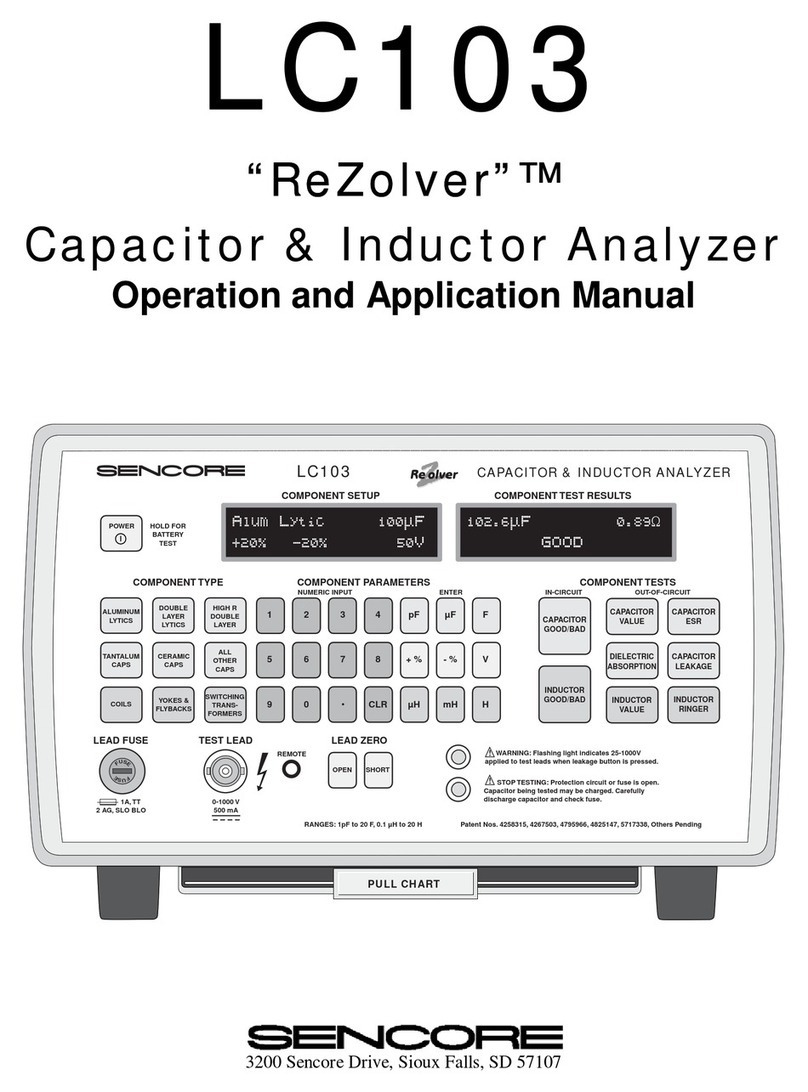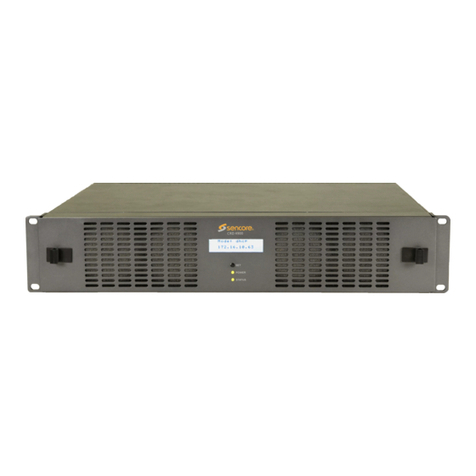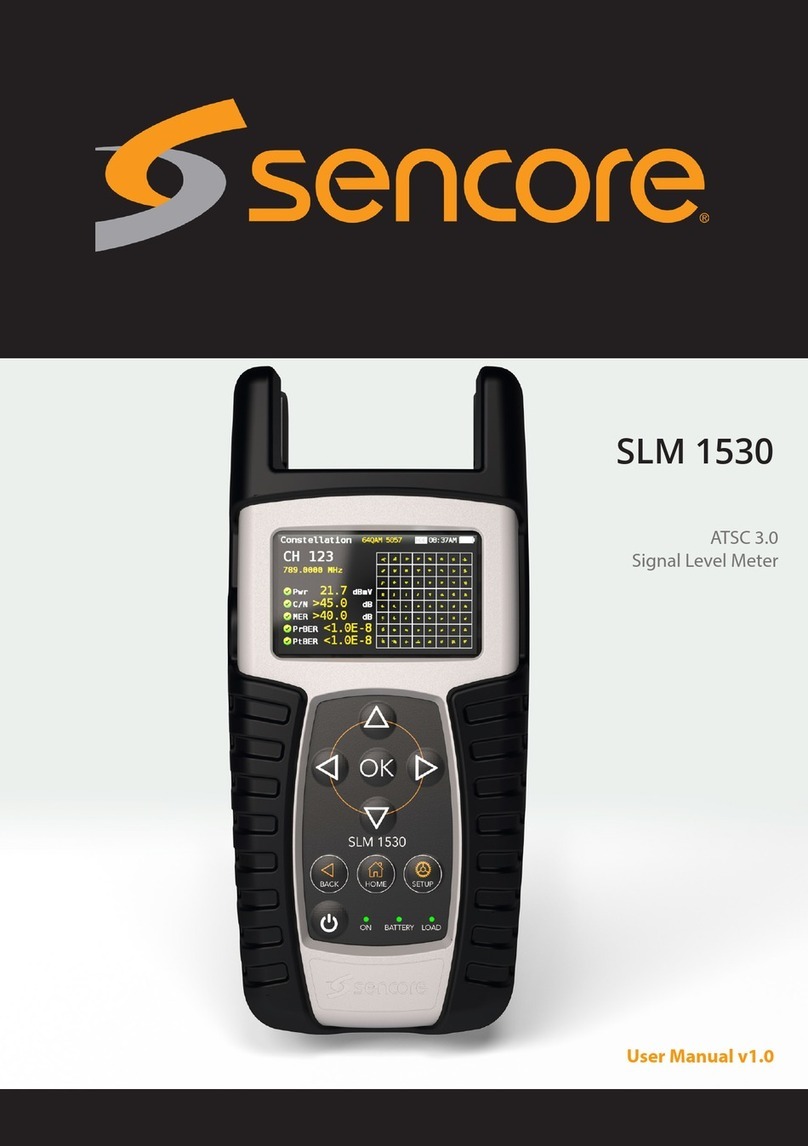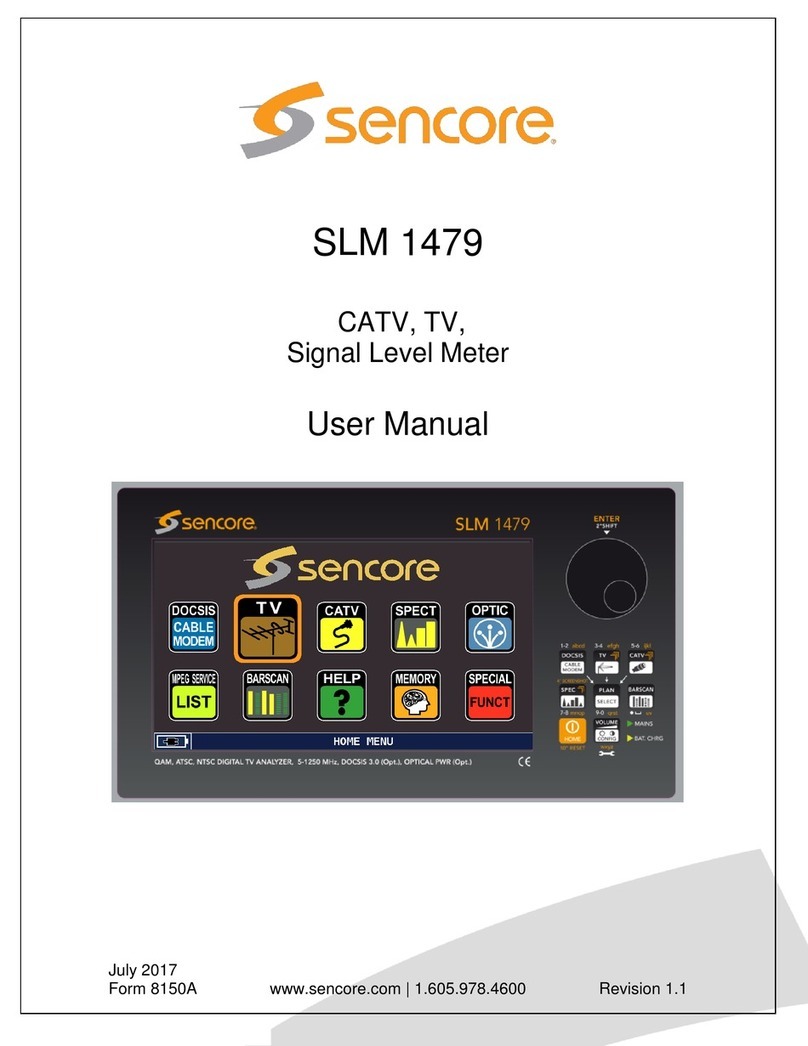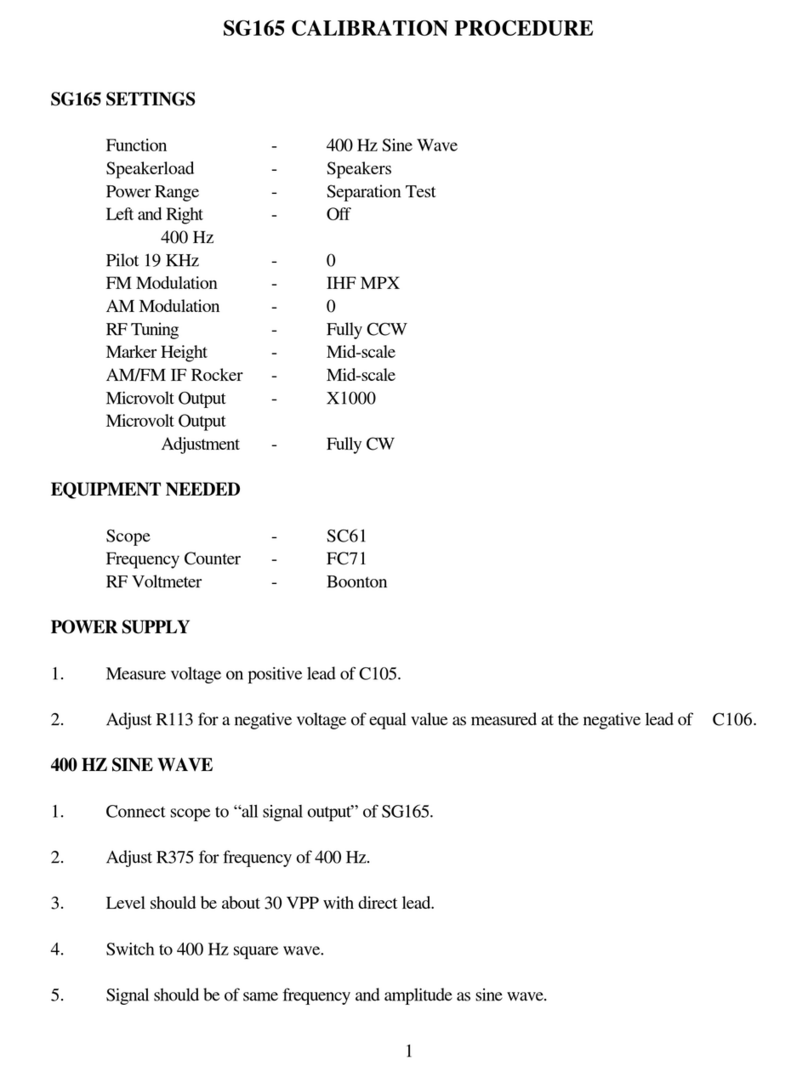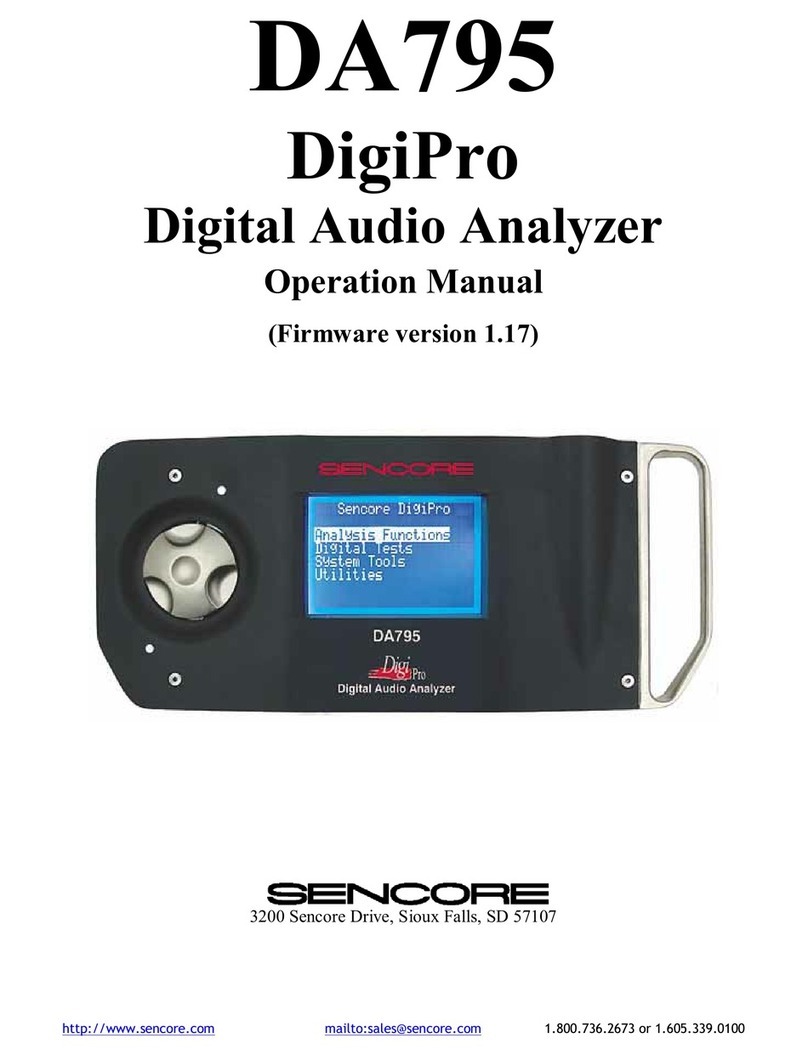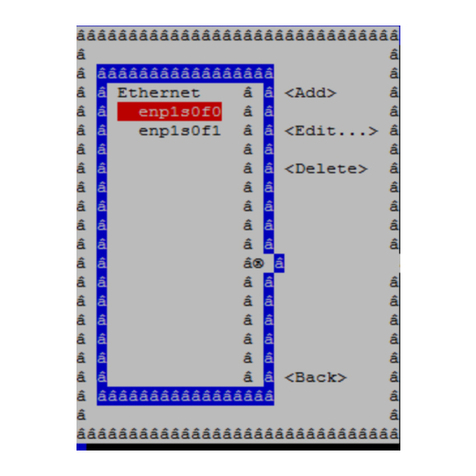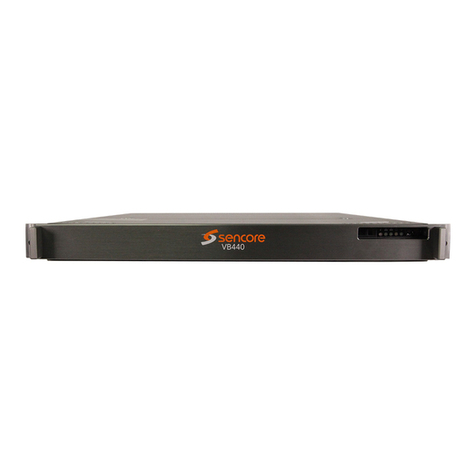
OPERATION
INTRODUCTION
The
instructions
tOt
yout
CB42 are broken
into
two
parts. This seetinn describes geneml
operations
of
each
of
the tests available on
the
CB42.
The
following
Applications
~etion
covers
the
basic theory
of
opera·
tions
of
aCB transceiver. followed
by
speciti,; te!lts
that
the
CB42 can perform. Each
test
in
the
Applica·
tions Section gives step·hy·.Lep instructions for
the
setup and applications
of
varinu. tests I()commended
POWER
COtN:CTIONS
The
CB42 may
be
used
either
on
the
shop bench
or
in
the
field for complete receiver and transmitter per·
formance testing
at
the radio's location. Two power
cables
are
provided
Cor
105.130
VAC,
50/60
Hz
operation
or
+12 VDC operation.
1. For
AC
power operation, pull the
~C
line cord
from the storage
compartment
in
the
back
of
the
CB42
and
connect
it
to
asource
oC
AC
power.
IC
desired,
the
storage
compartment
door
may
be
dosed
by passing
the
cable through
the
notch
at
either
top
corner
of
the
door.
2. For 12
VDC
operation, pull
the
light<!r
plug
and
cable from
the
storage
compartment
and con·
ned
to an automotive cigarette
light<!r
socket
supplying
12
Volts negoli!N! ground.
NOTE:
The
CB42 will
operate
properly
only from a12 Volt negatiue ground
syw~m.
Internal
protection
circuit/; pre-
VCr\t
damage
if
connected
to
apositive
ground system, bllt
the
C842
will
be
in.
FUSE
REPlACEMENT
The
8+ fuse
is
located on
the
back panel. This fuse is in
the
DC
voltage section
to
protect
the
CB42 wilen it is
lIsed with
either
AC
or
DC
input voltages.
If
the
fuse
sllould need replacing, replace it only with a 1 Amp,
3AG Cast-blow type. Any
other
siw
fuse may result
in
serious damage
to
the
CB42 and will void eitller tile
CABLE
SWITCH ACCESSORY
The
separate RF_IF OUTPUT jack and 50
OHM
INPUT jack offers
the
advantage
oC
proper
50
Ohm
termination
for areceiver
or
transmitter while signals
are being injected from the
H.F
or
[I"
generator.
The
acC<'SIlory
RFS205
RF
switch allows switching
the
CB's
antenna
connector
between
the
signal
output
jack and
the
50
Ohm load.
In
many cases,
the
RFS20& will simplify performance testing when CBs
are being run through atest position (such as Quality
8
by
the
FCC and
the
Electronics Industries
A$SOCia-
ti'm
(EIAl.
Thc$C
""me 1e$ts are listed in
the
CB42 Speed
Test
Setup
Booklet
iilso
included
with
the
CB42.
Once
you
ale
flUlliliar
with
the
specific tellts,
the
Test
Stotup
Booklet should
¢ve
the
necessary information
as
to
test setup and interpretation.
operative.
3. Press the ON side
oC
the OFF-ON switch to
ap"-
ply power
to
the
CB42.
The
DIGITAL READ·
OUT will light when power
is
applied.
4.
Allow
the
CB42
to
operate
at
least 45 minutes
to
allow the high accuracy crystal oscillators
in
the
RF
generator and digital Crequency cOllnk'r
to
stahilize.
NOTE: Many
CB
tranllCCivers are de-
signoo
to
operate
with
either
apositive
or
negative groundoo
automotive
elec·
trical system. Many
of
these
units
have a
rOO
pos.itive lead and
black
negative
Iud
rather
than
apolarity reversal switc:h. In
many cases,
the
negative lead i3
not
con·
Dl~Cted
to
the
cha.'j,m
ground.
For
proper
ahielding, and tranamitter
operation,
BOTH
the
negative
supply
lead and
chaw
mould
be
connecWd
to
the
neg..
tive supply terminal
of
the
power
supply
as
well as
to
the
common
jack
on
the
CB42.
9O·day warranty
or
the
100% Made Right Lifetime
Guaran~.
The primary of the transformer
has
internal protection
agaiDllt ashorted ilecondary. and requires no additional
fu
....
Assurance tests).
The
RFS205
provides awarning light which indicates
that
the
transmitter
is
being broadcast
into
the
pro-
tion
c;n,uits
oC
the
fly·n'
OUTPUT jack.
The
RFS205
may
be
purchased
Crom
the
Sencore
Factory
Service Department,
or
any local Sencore
FLPD Distributor.
